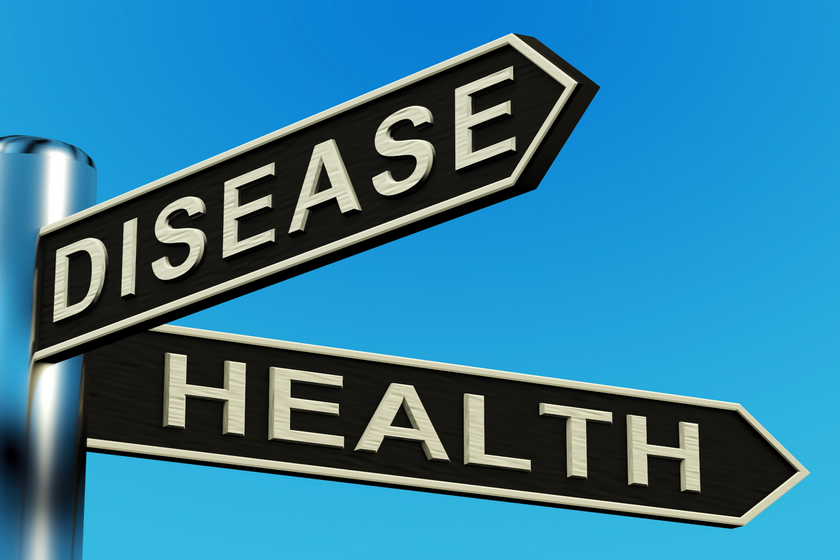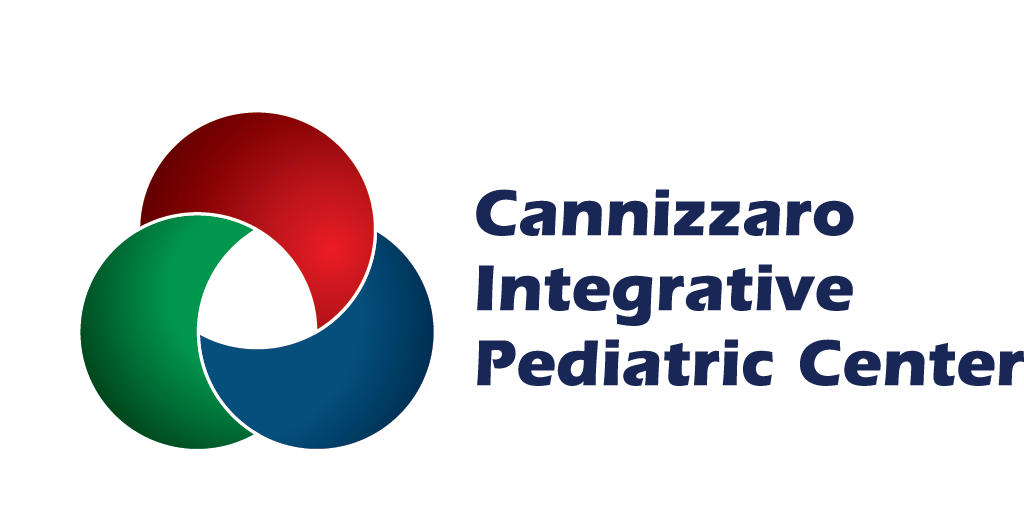
Before COVID, we had a pre-existing health crisis in the U.S.—a chronic complex disease epidemic. Years ago, it was infectious disease and before—way back in the 1800s—it was vitamin deficiency. Now it’s cancer, heart disease and diabetes—all preventable because the number-one cause of these conditions is diet. According to the 2020 National Diabetes Statistic Report from the CDC, one in three (88 million) American adults have prediabetes.
Unfortunately, children are not exempt from our country’s unhealthy trends. Dr. Cannizzaro wrote a book, Answers for the 4-A Epidemic, to help parents deal with the explosion of autism, ADHD, asthma and allergies among children in this country.
Probably the most important outcome of the COVID 19 pandemic has been a re-emphasis on the importance of building a healthy immune system, striving for freedom from chronic disease and maintaining health. Even in the best of times, everyday stressors and toxins erode the body’s defenses. This is where integrative medicine shines.
What is Holistic Integrative Medicine?
Holistic integrative medicine emphasizes relationship-centered care between the doctor and patient. It focuses on prevention and maintenance of health with attention to lifestyle choices including nutrition, exercise, stress management and emotional wellbeing. It requires providers to act as educators, role models and mentors to their patients. Integrative medicine also:
- Uses natural, less invasive interventions before costly invasive ones when possible.
- Utilizes an evidence-based approach from multiple resources of information to integrate the best therapy for a patient, be it conventional or complementary.
- Searches for and removes barriers that may be blocking the body’s innate healing response.
- Sees that compassion is always helpful, even when other therapies are not.
- Focuses on the research and understanding of the process of health and healing and how to facilitate it.
- Accepts that health and healing are unique to the individual and may differ for two people with the same disease.
- Works collaboratively with the patient and a team of interdisciplinary providers to improve the delivery of care.
- Maintains that healing is always possible even when curing is not.
Hippocrates, the “father of medicine,” stated that the job of the physician is to “cure sometimes, heal often, and support always.”
For example, if a child has fluid in the middle ear, we usually do not prescribe antibiotics because it’s rarely infected. For years, these occurrences have been defined as ear infections which is not the case. We refer patients to a chiropractic doctor, an osteopath or a craniosacral specialist. These healing modalities utilize manual techniques, which open the Eustachian tube and drain the fluid without the use of antibiotics. Halotherapy in our Salt Room results in drainage and relieves congestion of the lungs and nasal passages. That is a typical example of integrating modalities and therapies.
Aren’t Our Genes Ultimately Responsible for Our Health?
The crux of holistic integrative medicine is the environmental influence on our genetic predisposition. It’s not genetic predeterminism, it’s the environmental factors that exert influence on our genetic predisposition and determine what the genes direct. The environment can turn genes on to either direct health or disease.
The quality of air, water, food, stress management, exercise and rest—all talk to the genes. A good example in our practice was a brother and sister, 4 and 2 years old, who came to us with severe eczema. They improved within two months with some dietary modifications and supplements as we helped them detoxify. About two months later, they came in with a horrible recurrence.
The parents told us nothing had changed; however, upon further questioning, we found they lived in a rural area near a big farm and builders had started developing the land. Building materials leached into a pond that was near the family’s property and contaminated their well’s drinking water, resulting in a recurrence of the eczema. They started drinking bottled water and the eczema went away by itself. The environments that are created determine what genetic predispositions appear.
How Does Salt Therapy Contribute to the Holistic Integrative Medicine Model of Care?
In January 2018, a Salt Room was installed on our premises to offer year-round relief of cold, flu and allergy symptoms to Central Florida residents. Allergies are a problem for many people in the Orlando area; each year it appears in the top 100 “Asthma and Allergy Capitals” in the U.S., a list put out by the Asthma and Allergy Foundation of America. Salt therapy is a huge help to allergy sufferers.
Salt therapy takes place in a spa-like room with salt-covered walls and floor. Treatment consists of sitting in a lounge chair and breathing deeply while pharmaceutical-grade salt is pulverized into microscopic particles and pushed into the room.
Salt therapy is an important tool in our functional medicine array because it activates multiple physiological processes in the body. Salt acts like an expectorant, accelerating mucus clearance and improving lung function while killing harmful bacteria and soothing the respiratory system. These mucus-clearing, anti-inflammatory, antibacterial effects have been shown to relieve symptoms of acne, allergies, asthma, COPD, colds, flu, chronic cough, cystic fibrosis, dermatitis, ear infections, eczema and sinusitis.
Is Salt Therapy Safe?
Yes! HEPA air filters in the room capture and remove up to 99.97 percent of airborne particles, including viral particles, while activated carbon filters remove volatile organic compounds. A UV light kills 98.8 percent of bacteria and viruses on surfaces. Salt therapy is clinically proven, natural, safe, and beneficial for every age group.
As a Holistic Integrative Practice, Why Does CIPC Use the Membership Model?
Our model is designed for patient visits to be long enough to allow us to practice holistic integrative medicine. For us, education is foremost, so this affords us the time to teach about living a healthy lifestyle and creating positive environments that will determine the health of the children. Dr. Cannizzaro believed the only way we can practice integrative medicine effectively is in a model where each practitioner only sees 6 to 8 patients a day and that’s what our membership model allows us to do.
We study patients individually to make the proper diagnosis and take the time to help them implement their treatment programs. The major medicine we use is food. Most kids are very picky. We can tell them to modify their diet in certain ways and give them supplements but, parental education and support is needed—so basically, we’re treating the whole family. The model lets us do that because of the time we can devote.
Ours is one of the best preventive medicine models out there, if we do say so ourselves. It is not pharmaceutical based. We will use drugs in an acute situation, since sometimes we can’t wait for the natural remedies to start to work. For example, if a child is on the verge of being expelled from school for behavioral issues, we’ll start a pharmaceutical to allow us the time for the natural remedies to take hold. It takes time to get to the root cause of problems, initiate detox and correct deficiencies. A big tenet in holistic integrative medicine is: “We give them what they need and take away what they don’t need.”





